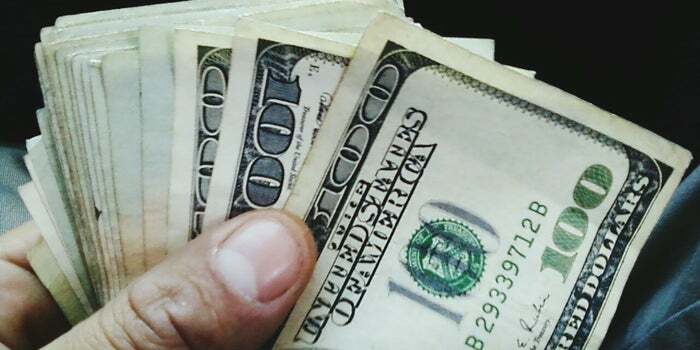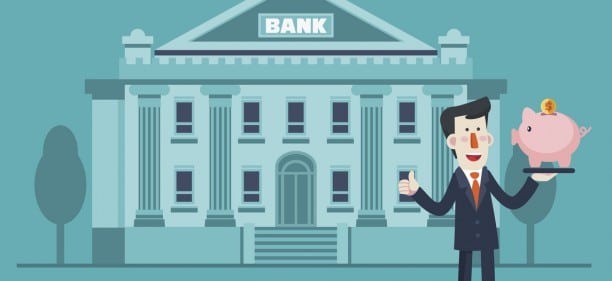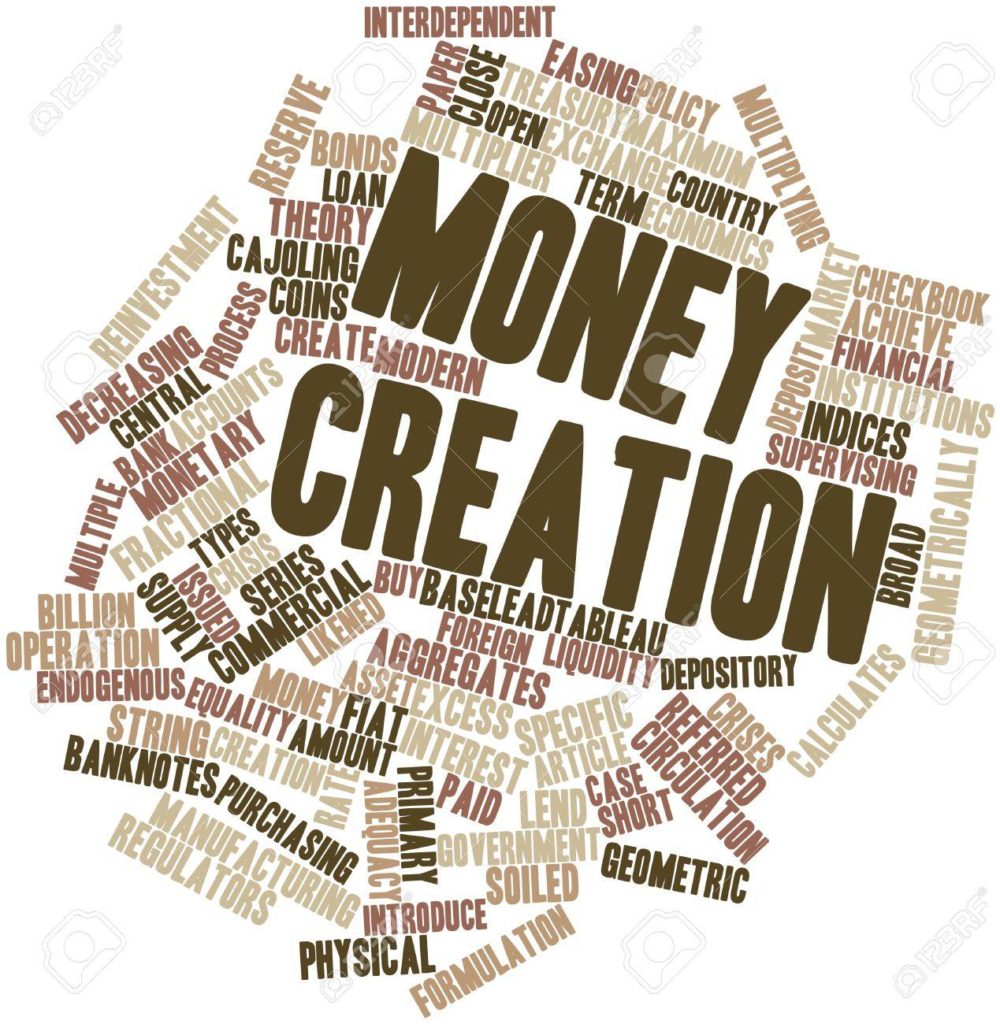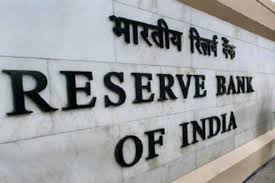
Economics Project on Money And Banking – CBSE Class 12
INTRODUCTION to MONEY and BANKING:
Money is any item or verifiable record that is generally accepted as payment for goods and services and repayment of debts in a particular country or socio-economic context. The main functions of money are distinguished as a medium of exchange, a unit of account, a store of value, and sometimes, a standard for differed payment. Any item or verifiable record that fulfils these functions can be considered money. Money is historically an emergent market phenomenon establishing a commodity money, but nearly all contemporary money systems are based on fiat money. It becomes essential that students learn about money and banking early on, best ways for that are class 12 economics project on money and banking.
HISTORY of MONEY and BANKING:
It concerns the development of means of carrying out transactions involving a medium of exchange. Money is any identifiable object of value that is identified, that is generally accepted as payment for goods and services and repayment of debts within a market, or which is legal tender within a country. While money is always a medium of exchange, not all mediums of money in the numismatic sense. Significant evidence establishes many things were battered in antique markets that could be described as a medium of exchange.
FUNCTIONS OF MONEY:

- The medium of Exchange:
Money provides the most efficient means of satisfying wants. Each consumer has a different set of desires. Money enables people to meet their needs.
- A Measure of Value:
Money is the measuring rod of everything, but acting as a common denominator, it permits everything. By working as a denomination, everything can be valued in terms of money. Thus people can compare different prices and therefore see the relative values.
- A Store of Value:
Money is used as a store of purchasing power. It can be held over some time and used to finance future payments. Moreover, when people save money, they get the assurance that the money saved will have value when they wish to spend it in the future.
- A Unit of Account:
The implication is that the money is used to measure and record financial transactions as also the value of goods and services produced in the country over time.
BARTER SYSTEM:

At the beginning of civilization, human needs were simple and limited. People used to exchange goods with each other to satisfy their wants. Barter Exchange refers to the exchange of goods for goods. An economy, where there is a direct barter of products and services, is called a ‘Barter Economy’ or ‘C-C Economy’ (where C stands for a commodity).
Example:
When a business person gives his product to someone and takes wheat and rice in return for the household purpose. The barter system can work as there exists ‘Double Coincidence of Wants.’
limitations of the Barter System:
The significant limitations of the barter system:
- Lack of Double Coincidence of Wants:
A barter system can only work when both parties are ready to exchange the products.
- Lack of Common Measures of Value:
In the barter system, all commodities are not of equal value, and there is no standard measure of the cost of goods and services.
- Lack of Standard Deferred Payments:
Contracts involving future payments or credit transactions cannot take place.
- Lack of Store Value:
It is difficult for people to store wealth for future use.
MONEY SUPPLY:
Having supply refers to the total volume of money held by the public at a particular point in time in an economy.

Features of the money supply:
- It includes money help from the public only. The term public signifies the money using sector, i.e., individuals and business firms.
- It is a STOCK CONCEPT, i.e., it is concerned with a particular point in time.
Measures of Money Supply:
- M1:
It is the first and necessary measure of the money supply. It is also known as transaction money, as it can be directly used for making transactions.
M1 = Currency and Coins with public + demand deposits of Commercial banks + Other Deposits with RBI.
Currency and Coins with Public: It consists of paper notes and coins held by the public.
Demand Deposits of Commercial Banks: Demand deposits of the public with the banks.
Other deposits with RBI.
- M2:
It is a broader concept of the money supply as compared to M1. In addition to M1, it also includes savings deposits with post office saving banks.
“Savings deposits with Post office saving Bank is not withdrawable by cheque. So they could not be placed under demand deposits with the bank, as a result of the concept of M1 was evolved.
- M3:
This concept is broader as compared to M1. In addition to M1, it also includes a net time deposit.
M3= M1+ Net Time Deposit with Banks
- M4
This measure includes a total deposit with a post office savings bank in addition to M3.
M4 = M3 + Total Deposit with Post Office Saving Bank (Excluding NSC)
INTRODUCTION TO BANK:

A bank is a financial institution that accepts deposits from the public and creates credit. Lending activities can be performed either directly or indirectly through capital markets. Due to their importance in the financial stability of a country, banks are highly regulated in most states. Most nations have institutionalized a system known as fractional reserve banking under which banks hold liquid assets equal to only a portion of their current liabilities. In addition to other regulations intended to ensure liquidity, banks are generally subjected to minimum capital. School project on banking really help children learn. Best and easy way to learn is Economics project on money and banking.
HISTORY OF BANKING:
The history of baking began with the prototype banks, which were the merchants of the world, who made grain loans to farmers and traders who carried goods between cities. This was around 2000 BC in Assyria, India, and Sumeria. Later, in ancient Greece and during the Roman Empire, lenders based in temples made loans, while accepting deposits and performing the change of money. Archaeology from this period in ancient China and India also shows evidence of money lending activity.
Functions of Commercial Banks:
Primary Functions:
There are 2 Primary Functions of Commercial Banks:
- Accepting Deposits:
It is the most crucial function of Commercial Banks. They accept deposits in several ways according to the requirements of different sections of society. The main kinds of deposits are:
- Current Account or Demand Deposits.
- Fixed Deposits or Time Deposits.
- Savings Deposits.
- Advancing of Loans:
The deposits received by banks are not allowed to remain idle. So, after keeping absolute cash reserves, the balance is given to needy borrowers, and interest is charged from them, which is the primary source of income for these banks. Different types of loans and advances made by Commercial banks are:
- Cash Credits: It refers to a loan given to the borrower against his current assets like shares, stocks, bonds, etc.
- Demand Loans: It refers to the loans which can be realized on demand by the bank at any time.
- Short-Term Loans: They are given as personal loans against some collateral security. The money is credited to the account of the borrower, and the withdrawer can borrow the funds.
Secondary Functions:
Commercial Banks also perform the following Secondary Functions:
- Overdraft Facility: It refers to a facility in which a customer is allowed to overdraw his current account up to an agreed limit.
Discounting Bills of Exchange: It refers to the facility in which a customer is allowed to outdraw his current account up to an agreed limit.
- Agency Functions: Commercial Banks also perform certain agency functions for their customers. For those services, banks charge some commission from their clients.
- Transfer of Funds.
- Collection and Payment of various items.
- Purchase and sale of foreign exchange.
- Purchase and sale of securities.
- Trustee and Executor.
- Income Tax Consultancy.
- General Utility Functions: Commercial Banks render some General Utility Services like – Locker facilities.
- Travellers’ Cheque.
- Letter of Credit.
- Underwriting Securities.
- Collection of Statistics.
MONEY CREATION:

It is one of the essential activities of Commercial Banks. Through the process of money creation, Commercial Banks receive to create credit, which is in far excess of the initial deposits. This process can be better understood by making two assumptions:
- The entire commercial banking system is one unit and is termed as “Banks.”
- All receipts and payments in the economy are routed through the banks, i.e. all payments are made through cheques, and all receipts are deposited in the bank. The deposits held by the bank are used for giving loans. However, banks cannot use the whole of the collateral for lending. It is legally compulsory for the banks to keep a certain minimum fraction of their deposits as reserves. The fraction is called the Legal Reserve Ratio (LRR), which is the sum of the Cash Reserve Ratio (CRR). LRR is fixed by the Central Bank, which is the Reserve Bank of India. Banks do not keep 100% reserves against deposits. They keep reserves to the extent told by RBI.
Why the only Fraction of Deposits are Kept as Cash Reserves?
Banks keep a fraction of deposits as Cash Reserve Ratio (CRR) because a prudent banker, by his exception knows: For example, LRR is 20% or 0.2.
So, Money Multiplier = 1/0.2 = 5
It signifies that for every unit of money kept as reserves, banks can create five units of money. The higher the LRR, the lower the value of the money multiplier, and the banking system creates less money.
Central Bank:

Central Bank is an ‘Apex’ body that controls, operates, regulates, and directs the entire banking and monetary structure of the country. It is known as the apex (Supreme) body as it occupies the topmost position in the financial and banking system of the country. All the financially developed countries have their own Central Bank. India’s Central Bank is the Reserve Bank of India (RBI). RBI was established on April 1, 1935, under the Reserve Bank of India (RBI), RBI was established.
Functions of Central Bank:
As the Central Bank of the country, the Reserve Bank of India performs the following services:
- Currency Authority:
- Central Bank has the sole authority for the issue of currency in the country. In India, RBI has the exclusive right to issue paper currency notes (except one rupee notes and coins which are released by the Ministry of Finance).
- Lender of the Last Resort.
- Clearing House.
- Controller of Money Supply and Credit: Due to economic fluctuations, the Central Bank, i.e., RBI, controls the money supply and creates in the best interest of the economy.
- REPO (Repurchase) Rate: It is the rate at which the Central Bank of a country (RBI in the case of India) lends money to Commercial Banks to meet their short term needs.
- Bank Rate: Bank Rate is the rate at which the Central Bank of a Country (RBI) lends money to Commercial Banks to meet their long term needs.
- Open Market Operations: It refers to buying and selling of Government Securities by the Central Bank from/to the Public and Commercial Banks.
- Legal Reserve Requirements (Variable Reserve Ratio Method): According to the Legal Reserve Ratio, Commercial Banks are obliged to maintain reserves. It is a rapid and direct method for controlling the creating power of the Commercial Banks. They need to maintain two accounts:
- Cash Reserve Ratio (CRR)
- Statutory Liquidity Ratio (SLR)
- Banker to the Government: The RBI acts as a banker, agent and financial advisor to the Central Government and all the State Governments.
- Banker’s Bank and Supervisor: There are several Commercial Banks in the country. There should be some agency to regulate and supervise their proper functioning.
BIBLIOGRAPHY:
- Teachers.
- CBSE textbooks
- Family and Friends
- Books
- Internet
CERTIFICATE:
This is to certify that the present project report is the outcome of my efforts and my indebtedness to other works/publications has been duly acknowledged in the relevant places. It had not been submitted in part or full for any other diploma or degree of any university.
Teacher’s Signature
Examine’s Signature
DOWNLOAD PDF OF THE PROJECT
money and banking project class 12 pdf download

Password: hscprojects.com
In order to download the PDF, You must follow on Youtube. Once done, Click on Submit
Follow On YoutubeSubscribed? Click on Confirm
Download Economics Project on Money And Banking – CBSE Class 12 PDF







Nice